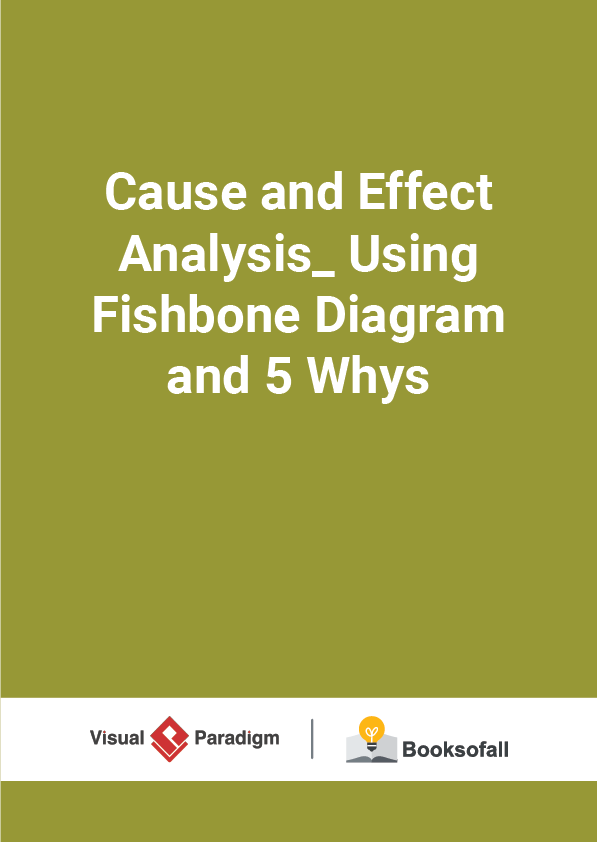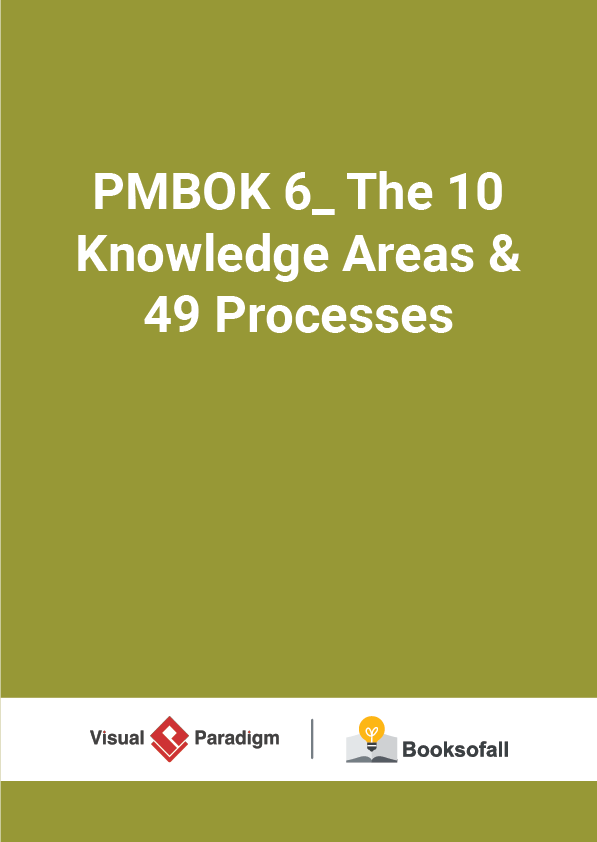Cause and Effect Analysis: Using Fishbone Diagram and 5 Whys
4-5 minutes
Cause and effect is a relationship between events or things, where one is the result of the other or others. This is a combination of action and reaction. A cause-and-effect analysis generates and sorts hypotheses about possible causes of problems within a process by asking participants to list all of the possible causes and effects for the identified problem.
What is a Fishbone Diagram?
Cause and effect analysis is often conducted by drawing cause-and-effect diagrams (also known as Fishbone Diagram), which organize a large amount of information by showing links between events and their potential or actual causes and provide a means of generating ideas about why the problem is occurring and possible effects of that cause.
The cause-and-effect analysis allows problem solvers to broaden their thinking and look at the overall picture of a problem. Cause-and-effect diagrams can reflect either cause that blocks the way to the desired state or helpful factors needed to reach the desired state.
Fishbone Diagram (also known as Cause and Effect Diagram or Ishikawa Diagram) It visually displays multiple causes for a problem and helps us to identify stakeholder ideas about the causes of problems which Allows us to immediately categorize ideas into themes for analysis or further data gathering. People often use the 5-whys technique in conjunction with the fishbone diagram.
When to Use a Fishbone Diagram?
A cause-and-effect analysis stimulates and broadens thinking about potential or real causes and facilitates further examination of individual causes. Because everyone’s ideas can find a place on the diagram, a cause-and-effect analysis helps to generate consensus about causes. It can help to focus attention on the process where a problem is occurring and to allow for constructive use of facts revealed by reported events.
- When identifying possible causes for a problem
- When having difficulty understanding contributing factors or causes of a system failure
- Most helpful as a team process for brainstorming collaboratively
Steps for Creating a Fishbone Diagram
- Identify the problem statement (also referred to as the effect).
- Written at the mouth of the fish
- Identify the major categories of causes of the problem
- Written as branches from the main arrow for each of the major categories include: equipment or supply factors, environmental factors, rules/policy/procedure factors, and people/staff factors
- Brainstorm all the possible causes of the problem
- Ask “why does this happen?”
- Write it as a branch from the appropriate category
- Repeat the other categories by asking “Why does this happen?” about each cause
- Write sub-causes branching off the cause branches
- Ask “Why?” and generate deeper levels of causes and continue organizing the munder related causes or categories











